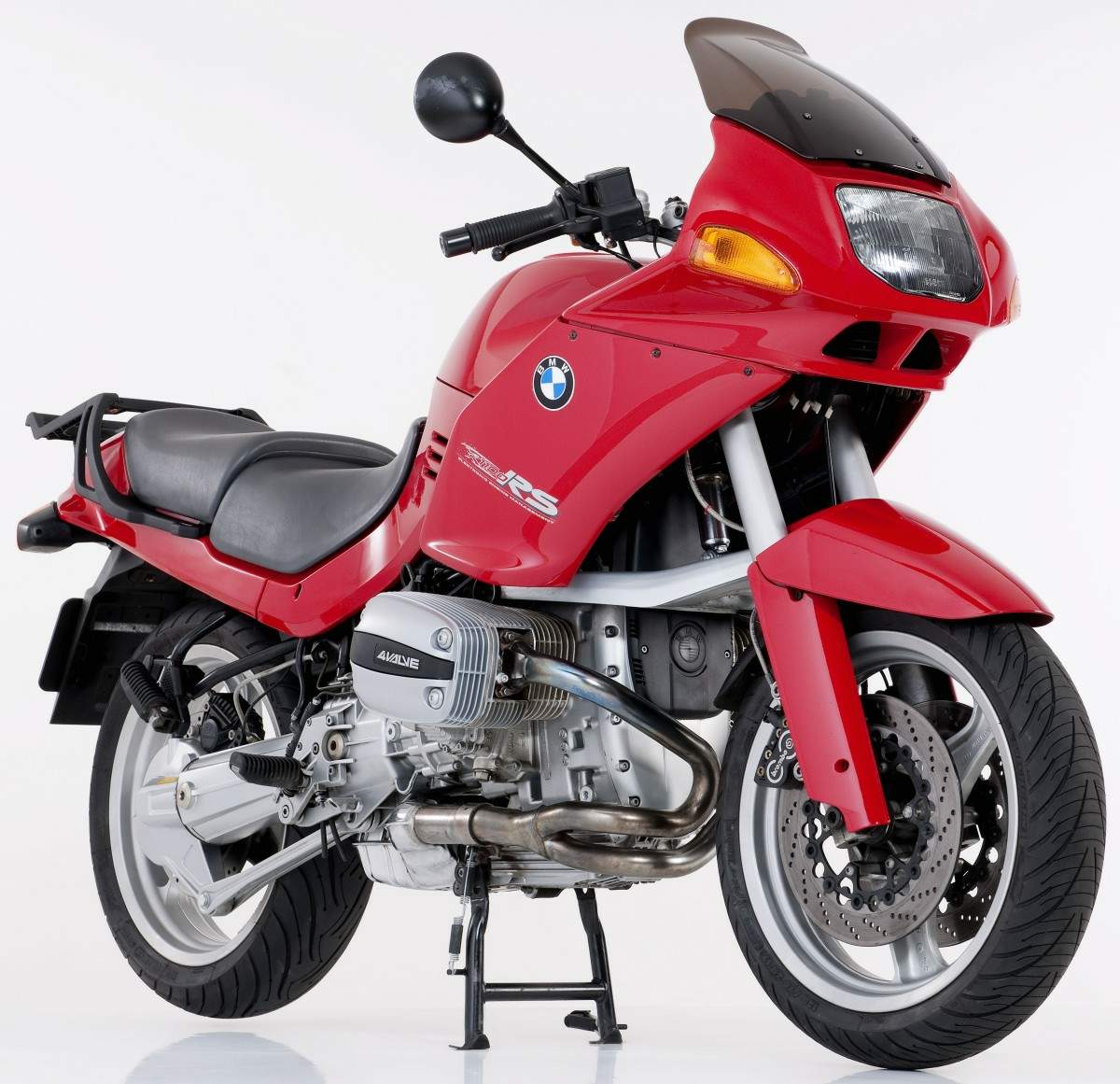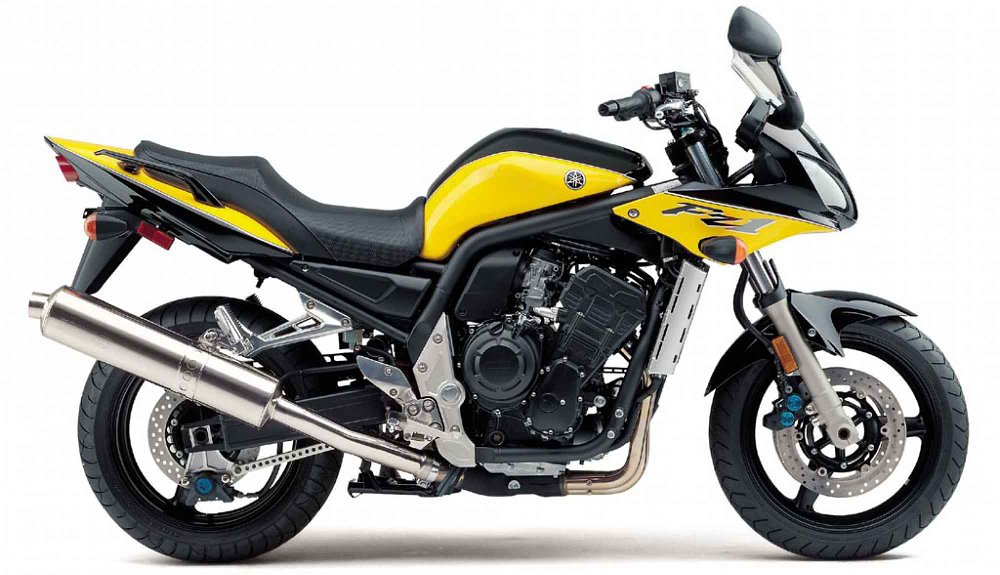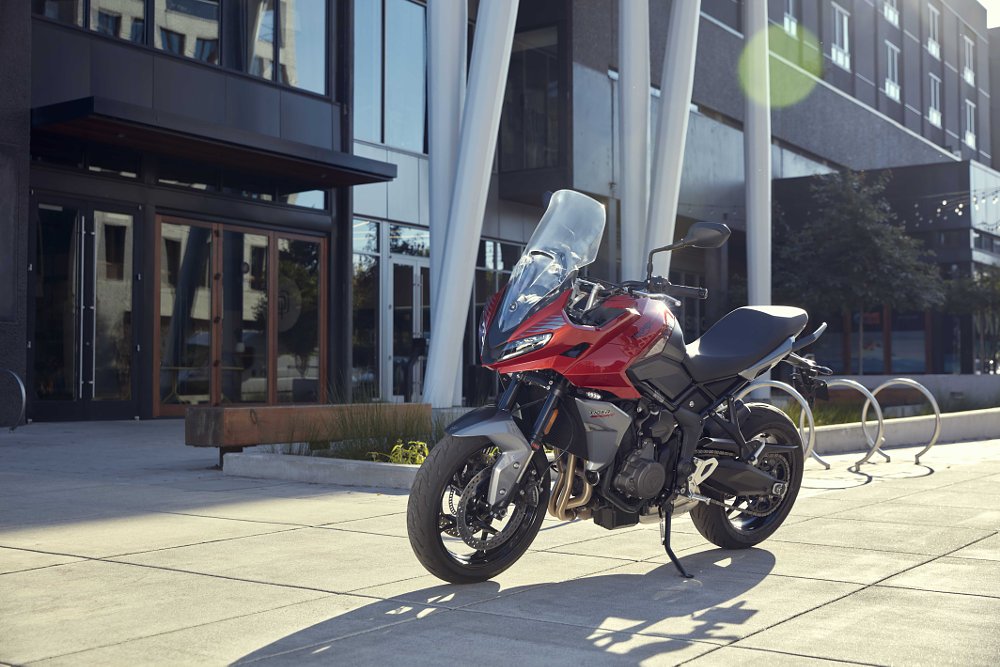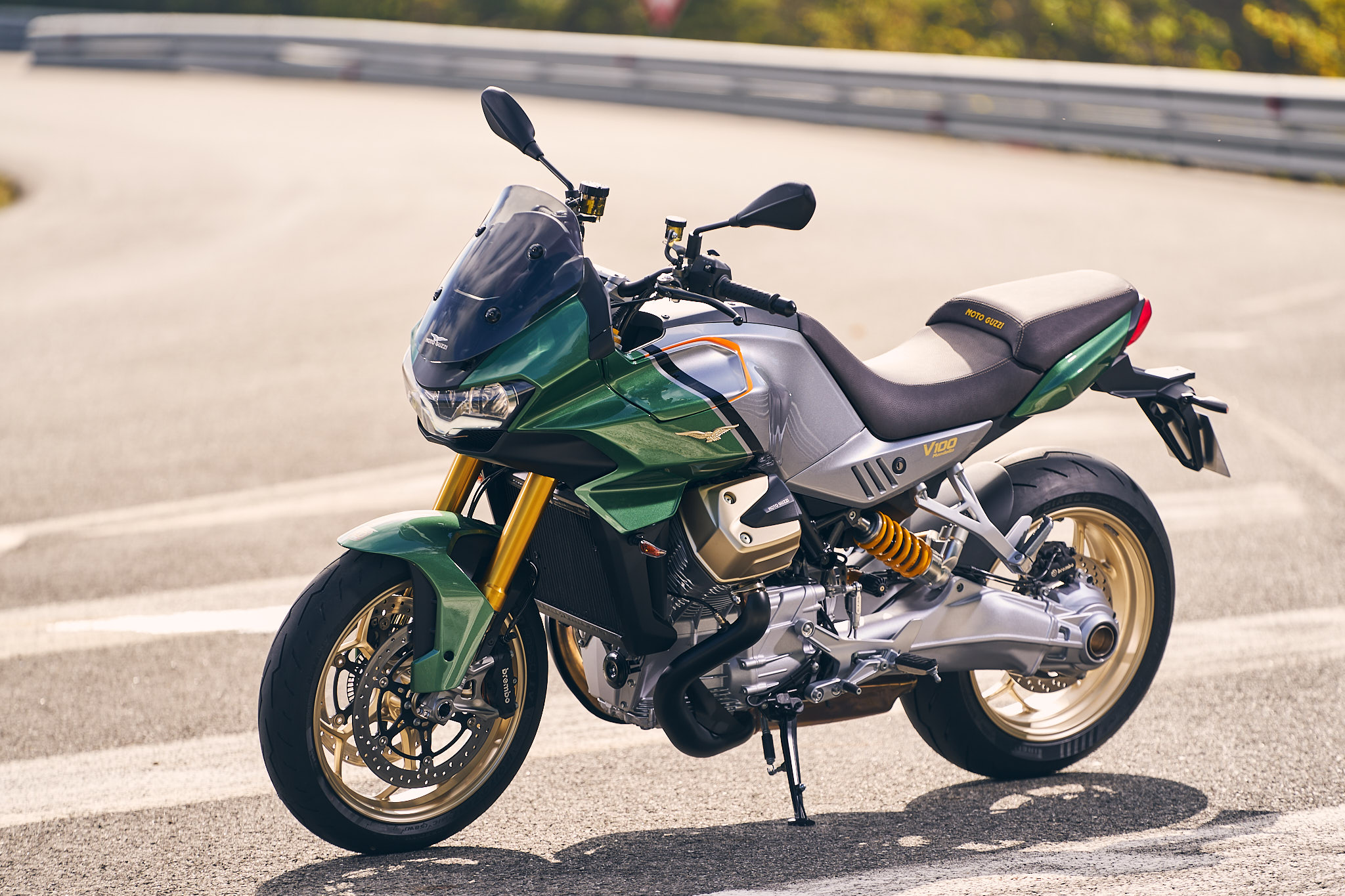What ever happened to half fairings?
It’s a question that came to mind many times over the past year. In the chill of March when I was still in Ohio, making the weekly 100-mile ride from home to my wife’s then-workplace on my naked Triumph Speed Triple, fully exposed to the dreary gray elements of that climate. Or in September as I scraped skin off the back of my left hand trying to remove the highly inaccessible oil filter from my fully faired Honda VFR800 Interceptor in the borrowed work space of my sister’s garage after I moved to the east coast.
It’s a thought I had every time I needed to do some maintenance job on my now-departed Triumph Daytona 675 and the first 10 to 15 minutes and half a dozen steps involved crawling on the floor and fiddling with three different kinds of difficult fasteners to remove the fairing.
Why do I so often have to choose between a full fairing and no fairing? On one hand, a full fairing is attractive and aerodynamically efficient (by the non-aerodynamic standards of motorcycles) and provides weather protection but makes every maintenance task more complicated and turns even the mildest tipover into a hassle and/or a huge expense. On the other hand, a naked motorcycle offers easy access for maintenance and an unobstructed view of the core, the motor (the first half of the vehicle’s name, no less, and with reason) but provides no shelter for the rider, as if in my world I never suffer cold, rain or plagues of locusts.

The R 1100RS was a big step for BMW, making a commitment to the traditional air-cooled boxer twin instead of abandoning it for the liquid-cooled multi-cylinder K engine. The “oilhead” boxer was greatly modernized, and needed a look to go with it. BMW chose a well integrated half fairing, and it suited the landmark model well. BMW photo.
Why not more motorcycles with half fairings that offer a fine compromise between weather protection for the rider’s upper body, where it’s needed most, while still allowing for a view of curved exhaust pipes or shrink-wrapped engine cases, if the designers were thoughtful enough to make those functional parts also lovely? It seems a sensible compromise with no real drawbacks. And in fact, that’s how they first became popular. Before motorcycle manufacturers provided them, riders sought them out themselves, because they made so much sense.
The Windjammer onward
Go back to the 1960s and virtually all motorcycles were what we would call naked bikes today. A few big bikes intended for touring were fitted with windshields, to provide some protection to the rider, but that was it. In the late 1960s, Craig Vetter was making his Phantom series of swoopy fairings to fit specific models, but in 1971 he changed course and decided to make a more universal fairing to fit a wider range of motorcycles. That was the Windjammer, and in less than a decade, about 400,000 were sold. They were bolted onto BMWs and Triumphs and uncounted legions of the inline four-cylinder Japanese bikes taking over U.S. motorcycling then. They were chosen by riders who gained protection from the wind but could still see the lines of those four-cylinders. They didn’t sell because they were pretty. (They weren’t.) They sold because they made sense.
Of course if the 1970s was the age of the Universal Japanese Motorcycle (UJM), then the 1980s and 1990s brought specialization. By the 1990s, sport bikes had full fairings and standards were naked but there were still a few choices in between. Manufacturers chose the half-fairing look for important models that balanced sportiness and all-around ability. It looked perfectly appropriate on a Yamaha FJ1100, first introduced in 1984, and continuing into the mid-1990s as the FJ1200. When BMW modernized its air-cooled boxer engine instead of scrapping it, the first model was the 1993 R 1100RS, which featured a well integrated half fairing that reached down to the top of those protruding cylinders.
Bu that same era of specialization pushed motorcycles toward their extremes. Buyers wanted cruisers that were lower, more raked, with V-twins only, or they wanted sport bikes, and unless it had a full fairing, it wasn’t a real sport bike. Motorcycles with half fairings entered arrested development before they could reach full expression.

I always thought the half fairing on the Yamaha FZ1, both in form and function, was placed too far forward. Visually, it made it look more tacked on and less integrated with the motorcycle. Functionally, it caused some buffeting. But the FZ1 was a sweet and versatile motorcycle, one of the ones that got away, for me. Yamaha photo.
We continued to get the occasional model with a half fairing but not nearly as often as I would expect, considering how much sense the design makes. I think it’s down to the fact that the U.S. market is about form over function. Motorcycles are considered toys, fashion statements and status symbols far more often than they’re considered useful transportation. I’m part of the small minority who use a motorcycle as primary transportation. Fun and lovely transportation, to be sure, but still more tool than toy.

The new Triumph Tiger Sport 660 is a good example of the prevailing trend of making pure street bikes with 17-inch wheels but with the upright stance of an adventure-touring motorcycle, because that’s the style that’s popular now. It’s also a style that lends itself to a half fairing. Photo by Kingdom Creative.
We may actually be getting a minor resurgence of half-fairing motorcycles, due to another trend in the industry: With the popularity of adventure-touring motorcycles, the most common new form of street-only sport-touring motorcycle these days is not a traditional sporty bike like my VFR800, but a bike with the stance of an ADV machine, made more street-focused, like the Triumph Tiger Sport 660 just introduced. And introduced with a half fairing. It’s a look that fits upright ADV-styled street bikes like the Kawasaki Versys 650 I used to own or the Versys 1000 I tested extensively.

The Moto Guzzi V100 Mandello unveiled this year mixes traditional elements and clean, up-to-date styling. I’d love to see more motorcycles that look like this and fewer that look like transformers or science fiction insectoid aliens. Moto Guzzi photo.
Even more intriguing as a sign of the revival of the half fairing is the Moto Guzzi V100 Mandello recently unveiled. It a way, it harkens back to the BMW R 1100RS, but looks more modern, more svelte. It also has some new twists on the old formula, like aero winglets that open up as speed increases to move airflow away from the rider. I admit I’m really skeptical about that part, both about how useful it will actually be and whether the added complexity will be worthwhile. But sitting still, wings undeployed, I have to say the Mandello looks great, to my eye, and I really hope I get a chance to test ride one in 2022.
While I currently own a naked bike and a full-fairing traditional sport-tourer, if I were designing a motorcycle for myself, it would come with a half fairing. Whatever goes out of style eventually comes back around, so maybe the half fairing will still have its day. It’s one look I’d like to see more of in motorcycling.
